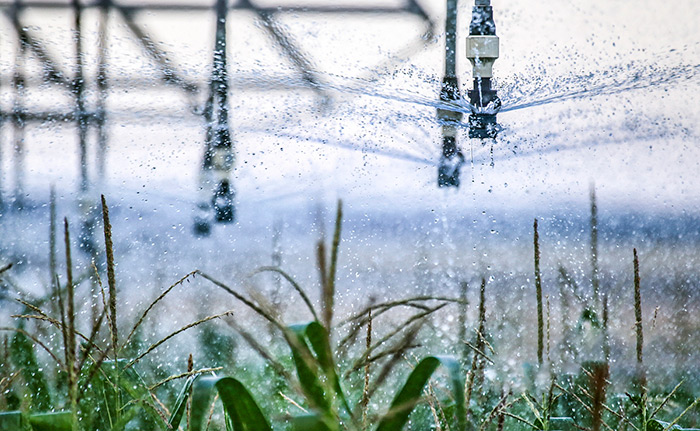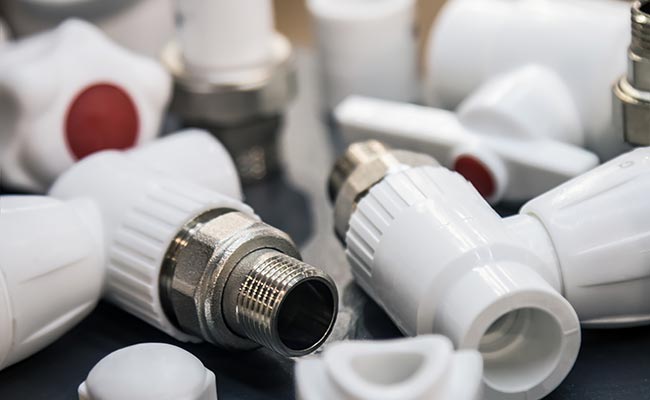You need to choose a ball valve, but the variety is overwhelming. Picking the wrong type could mean a poor fit, future leaks, or a system that’s a nightmare to maintain.
The four primary types of ball valves are categorized by their body construction: single-piece, two-piece, three-piece, and top-entry. Each design offers a different balance of price, strength, and ease of repair, tailoring them to specific applications and maintenance needs.
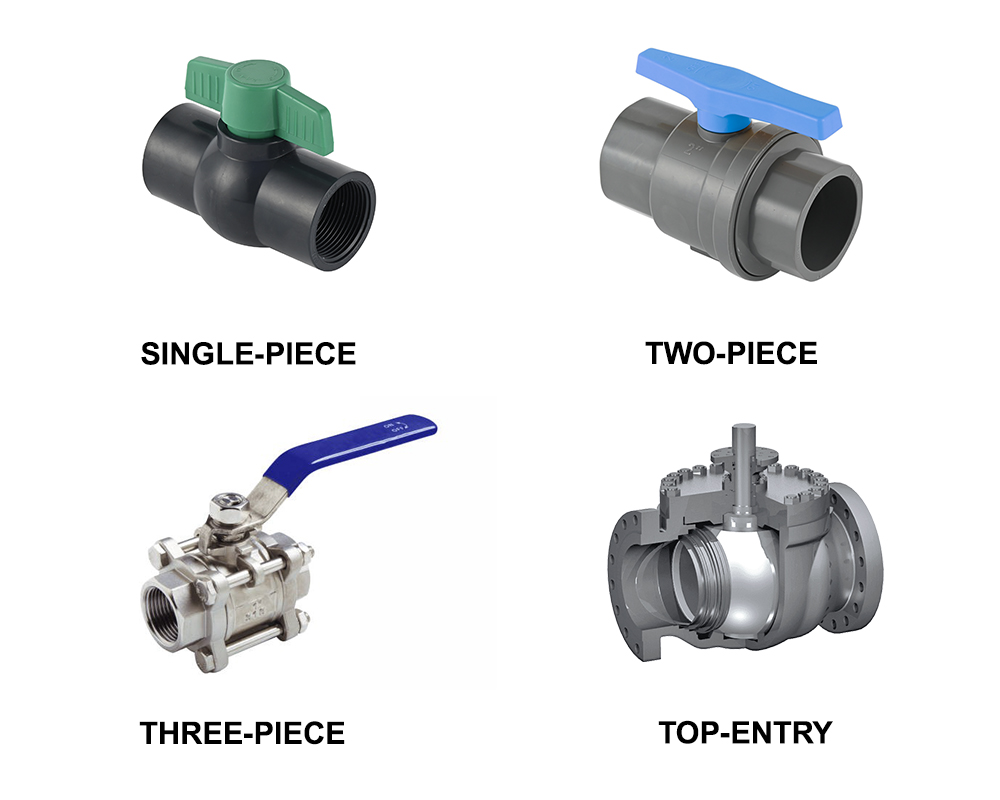
Understanding these basic types is the first step, but it’s just the beginning. I often have this conversation with Budi, a key purchasing manager I partner with in Indonesia. His customers get confused by all the terminology. He finds that once he can explain the core differences in a simple way, his customers feel much more confident. They can move from being uncertain to making an expert choice, whether they’re buying a simple valve for an irrigation line or a more complex one for an industrial process. Let’s break down what these types really mean for you.
What are the different types of ball valves?
You see terms like “full port,” “trunnion,” and “floating ball” on spec sheets. This technical jargon makes it hard to know if you’re getting the right performance for your specific needs.
Beyond body style, ball valves are typed by their bore size (full port vs. standard port) and internal ball design (floating vs. trunnion). Full port ensures unrestricted flow, while trunnion designs handle extremely high pressures.
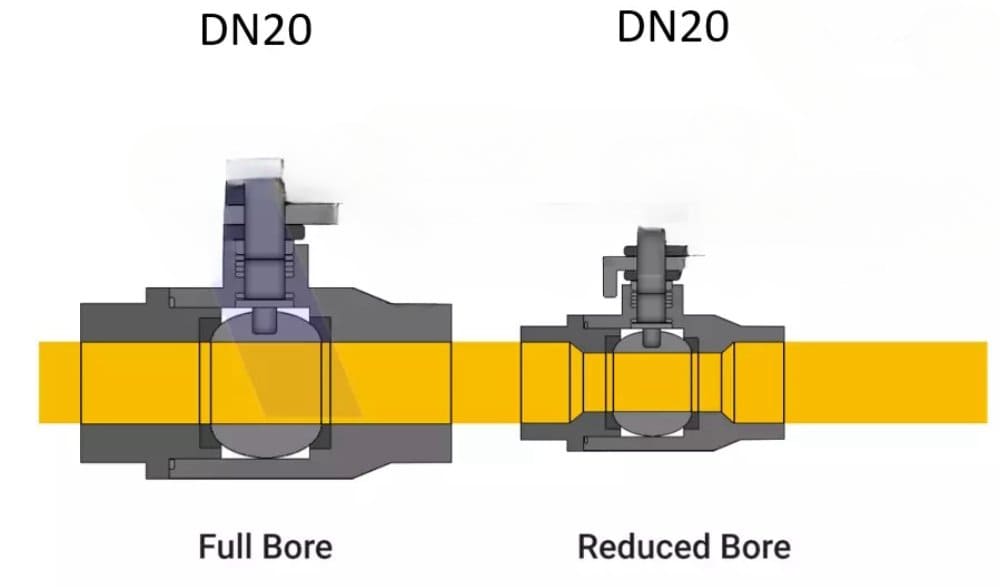
Let’s dive deeper into both body and internal types. The body construction is all about access for maintenance. A one-piece valve is a sealed unit; it’s inexpensive but cannot be repaired. A two-piece valve’s body splits in half, allowing for repair, but you have to remove it from the pipeline first. The most maintenance-friendly design is the three-piece valve. The central part containing the ball can be removed by unscrewing two bolts, leaving the pipe connections intact. This is ideal for lines that need frequent service. Internally, the “port” or hole in the ball matters. A full port valve has a hole the same size as the pipe, creating zero flow restriction. A standard port is slightly smaller, which is fine for most applications. Finally, nearly all PVC ball valves use a floating ball design, where system pressure pushes the ball securely against the downstream seat to create a seal.
Ball Valve Types at a Glance
| Category | Type | Description | Best For |
|---|---|---|---|
| Body Style | Three-Piece | Center section removes for easy inline repair. | Frequent maintenance. |
| Body Style | Two-Piece | Body splits for repair, requires removal. | General purpose use. |
| Bore Size | Full Port | Ball hole is same size as the pipe. | Systems where flow rate is critical. |
| Ball Design | Floating | Pressure assists in sealing; standard for PVC. | Most water applications. |
What are the different types of ball valve connection?
You’ve found the perfect valve, but now you have to connect it. Choosing the wrong connection method can lead to tricky installations, persistent leaks, or a system you can’t service without a hacksaw.
The most common connection types for ball valves are solvent-weld sockets for a permanent PVC bond, threaded ends for joining different materials, flanged ends for large pipes, and true union connections for maximum serviceability.
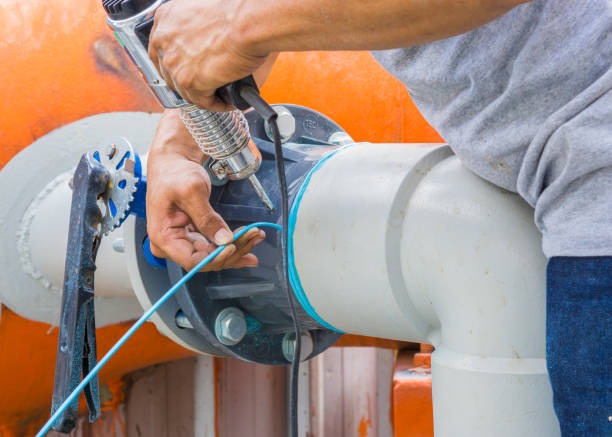
The connection type you choose defines how the valve integrates with your pipes. Socket or “slip” connections are used for PVC pipe, creating a permanent, leak-proof bond using solvent cement. This is simple and very reliable. Threaded connections (NPT or BSPT) allow you to screw the valve onto a threaded pipe, which is great for connecting PVC to metal components, but it requires thread sealant and careful installation to avoid leaks. For larger pipes (typically over 2 inches), flanged connections are used. They use bolts and a gasket to create a strong, secure, and easily removable seal. But for ultimate maintainability in smaller pipes, nothing beats a True Union valve. This design has two union nuts that let you completely remove the valve’s central body for repair or replacement while the connection ends remain glued to the pipe. It’s the best of both worlds: a solid connection and easy service.
Comparing Connection Types
| Connection Type | How It Works | Best Used For |
|---|---|---|
| Socket (Solvent) | Glued onto a PVC pipe. | Permanent, leak-proof PVC systems. |
| Threaded | Screws onto a threaded pipe. | Joining different materials; disassembly. |
| Flanged | Bolted between two pipe flanges. | Large diameter pipes; industrial use. |
| True Union | Unscrews to remove valve body. | Systems requiring easy, fast maintenance. |
What are the different types of MOV valves?
You want to automate your system, but “MOV” sounds like complex industrial equipment. You’re unsure about the power source, control options, and if it’s even practical for your project.
MOV stands for Motorized Operated Valve, which is any valve controlled by an actuator. The two main types are electric actuators, which use an electric motor, and pneumatic actuators, which use compressed air to operate the valve.
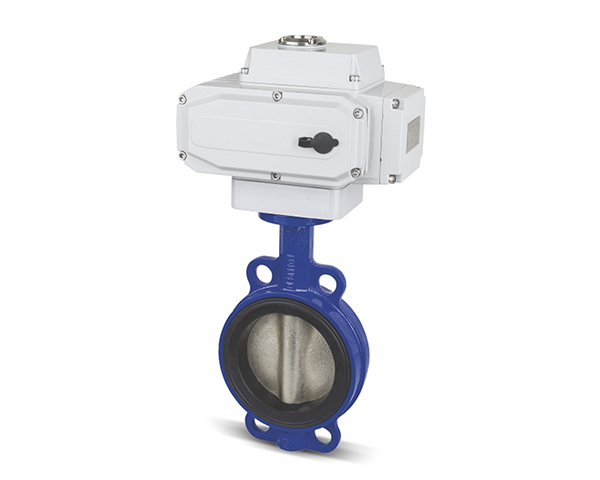
An MOV isn’t a special type of valve; it’s a standard valve with an actuator mounted on it. The type of actuator is what matters. Electric actuators are the most common for PVC ball valves in water systems. They use a small motor to turn the valve open or closed and are available in various voltages (like 24V DC or 220V AC) to match your power source. They are perfect for applications like automated irrigation zones, water treatment dosing, or remote tank filling. Pneumatic actuators use the power of compressed air to snap the valve open or closed very quickly. They are extremely powerful and reliable but require an air compressor and air lines to function. You typically only see them in large industrial plants where compressed air is already part of the infrastructure. For most of Budi’s customers, electric actuators provide the ideal balance of control, cost, and simplicity.
What is the difference between a type 1 and type 2 ball valve?
You’re reading a spec sheet and see “Type 21 Ball Valve” and have no clue what that means. You’re worried you might be missing a key detail about its safety or performance.
This terminology usually refers to generations of true union ball valves from specific brands. “Type 21″ has become shorthand for a modern, high-performance design that includes key safety and usability features like a block-safe union nut.
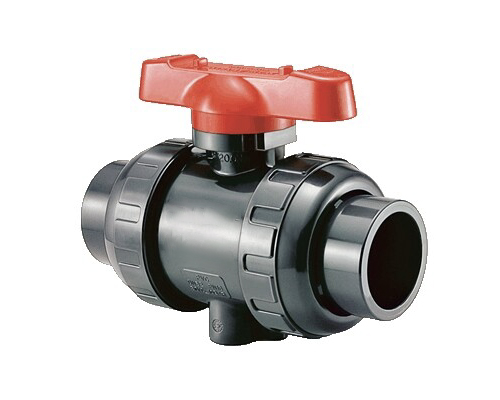
The terms “Type 1″ or “Type 21″ are not universal standards across all manufacturers, but they refer to influential designs that have shaped the market. Think of “Type 21″ as representing the modern, premium standard for a true union valve. When we designed our Pntek true union valves, we incorporated the principles that make these designs so good. The most critical feature is the Block-Safe Union Nut. This is a safety mechanism where the nut has a locking thread, making it impossible to accidentally unscrew and open up the system while it’s under pressure. This prevents dangerous blowouts. Other common features of this style include dual stem O-rings for superior leak protection at the handle and an integrated mounting pad (often to ISO 5211 standard) that makes it simple to add an electric actuator later on. It’s not just a valve; it’s a safer, more reliable, and future-proof system component.
Conclusion
The four main valve types refer to body style, but true understanding comes from knowing the port, connection, and actuation options. This knowledge lets you choose the perfect valve for any job.
Post time: Jul-22-2025


